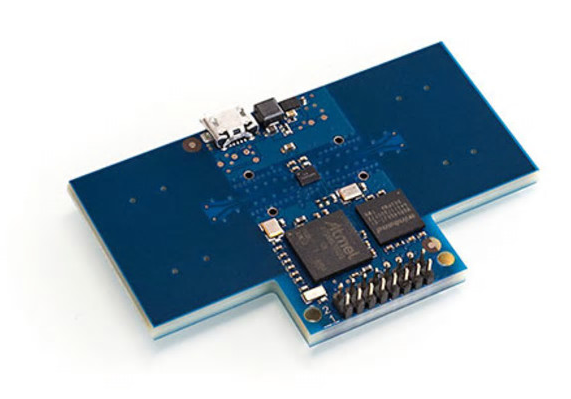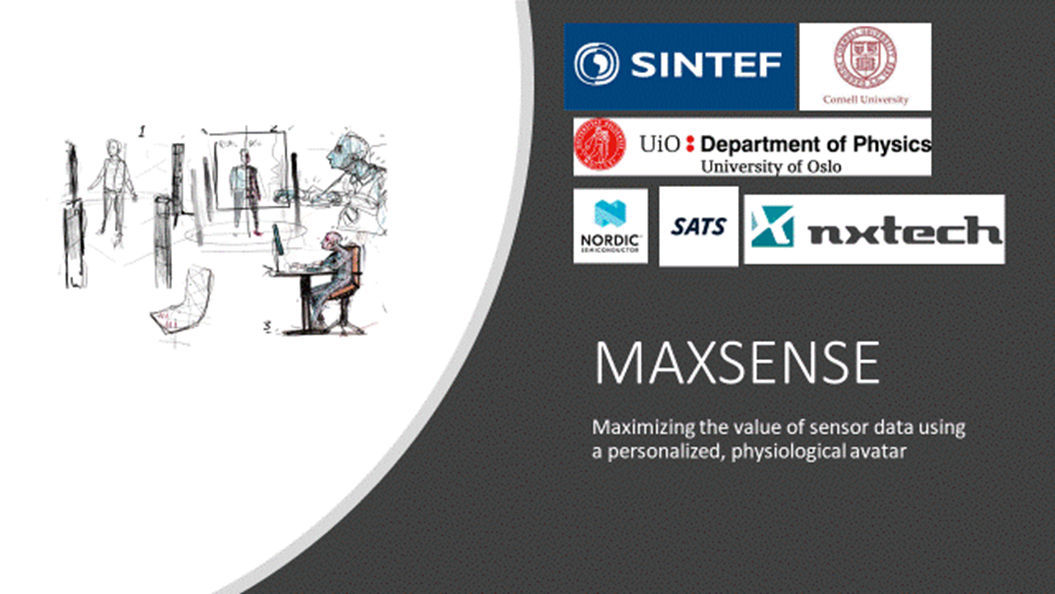In an increasingly “technologified” world, we may worry whether increased use of a home office laptop during a lockdown has predictable, specific, negative (and potentially avoidable) outcomes like back or neck pain. Working out at the gym, we may worry whether an exercise actually helps us get fitter or just makes us tighten up more. Body-worn sensors, sensors in furniture, clothes and floors can help to measure functioning and well-being, improve product design, create better work and exercise routines. However, without a good model of us, the users, the value of those data is limited. It is hard then to say, with any degree of certainty, that sitting in a certain way is bad for your posture, or that a chair is poorly designed.

One of the use cases is to develop a Knowing Chair solution which is in the interest sphere of our project partner Flokk . The idea is to learn as much as possible about a person sitting in a chair – by using multiple types of sensors. One particularly relevant sensor modality would be radar sensors. They can be used to infer information about a person's sitting situation and/or sitting habits which is highly relevant both from a furniture design perspective and from a health-and-security perspective.
The ranging signals (or impulse responses) of each radar signal would be insufficient to create a full radar-array-based image such as one uses in array-based radar imaging. However, by coupling the radar signals with a human body model, one use the radar signal to "drive" parameters of that model. The effect will be a kind of model-based imaging: there is not enough information for full imaging, but given a model of the object, some meaningful imaging can be obtained.
The radar sensors could do more once they are installed. They could measure breath and pulse, both informative of the workers situation. Radar sensing doesn't have to be limited to the chair, it could also be built into the table or in/on the screen. The signals from those sensors could be used to detect posture more broadly.
The radar sensors could be augmented with other types of sensors, such as pressure, motion and positioning sensors. A key advantage of using radar over 2D or 3D cameras in a real-life situation is privacy and the sense of not being spied upon.
The Masters project would involve designing and implementing an office/workstation prototype featuring a suitable chair and a suitable table and workstation. Real-life measurements will be taken across a number of subjects and the data related to physiological/anatomical human body models.
Typical radar sensor system module that can be used in this project

Training:
- Radar sensor system integration
- Radar signal processing
